Guide to Google Ads Keywords
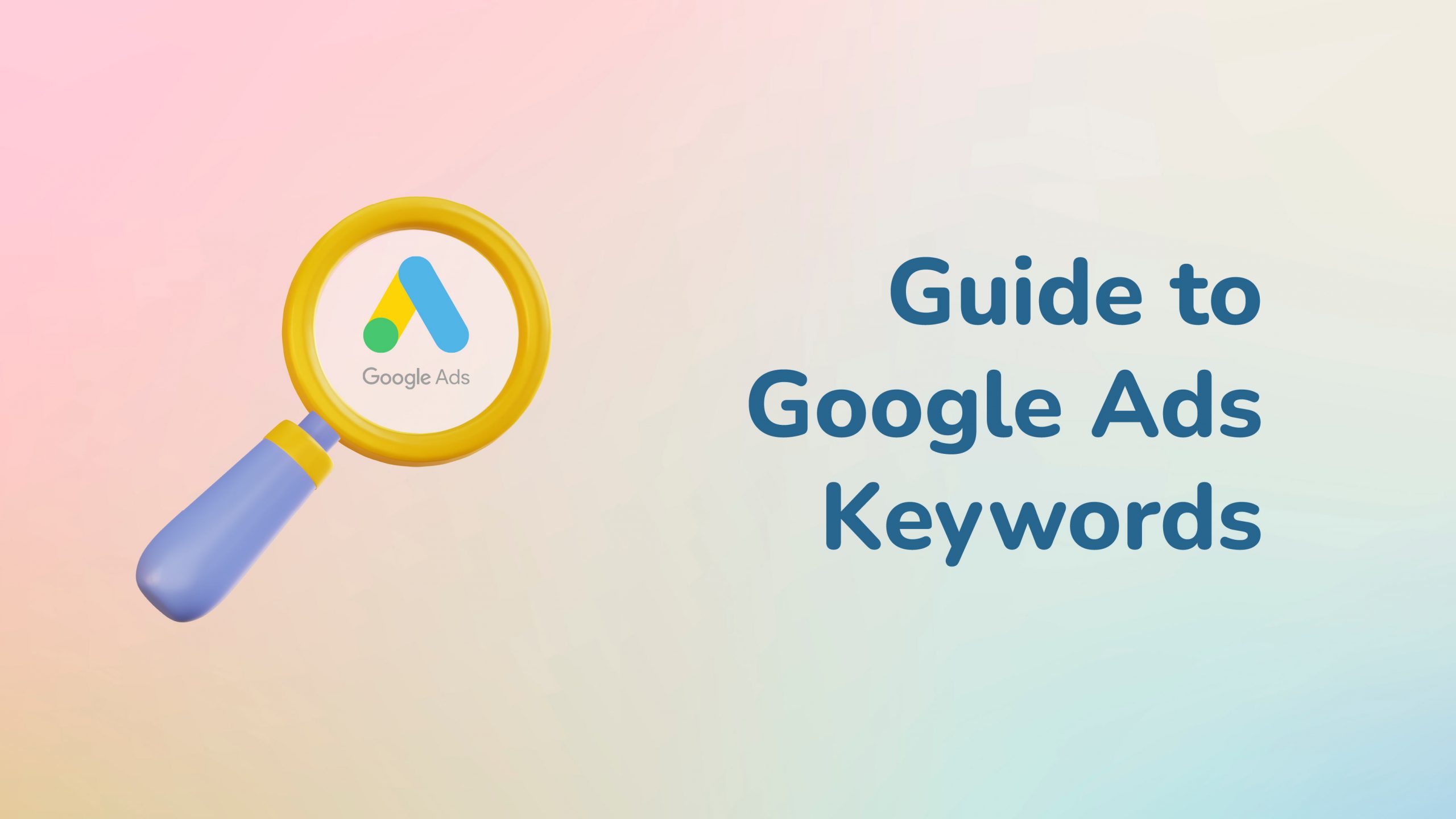
- Google Ads keyword Features
- Where to find keywords for Google Ads?
- 1. Recognize what constitutes an effective term or phrase
- 2. Consider your target market
- 3. Finish everything off
- 4. Be precise and focused
- 5. List the several variants
- 6. To generate ideas, use Google’s keyword tool
- 7. Targeting by language and region
- 8. Recognize your possibilities for keyword matching
- 9. Omit offensive keywords
- To sum up
You must add Google Ads keywords, a crucial component in your ads’ capacity to capture user interest and make an impression, after organizing your Google Ads campaign settings and outlining your ad groups.
In terms of Google Ads, a keyword refers to the words and phrases that you associate with each of your ad groups in accordance with the topical divisions of those groups. These keywords match the user’s search terms and phrases, which, if they are a good match, will cause your ads to appear. Although this is quite simple, there are other keywords available.
Make the best Google Ads keyword selections for your ads by following these recommendations as you filter through the information at hand.
Google Ads keyword Features
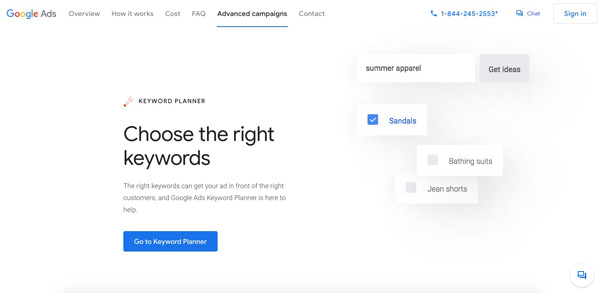
Let’s talk about what qualities make a term valuable on the Google Ad Grant platform before we go over the tools you can use to hunt for Google Ads keywords:
1. High search capacity
Similar to how we approach organic search terms for SEO, we aim for high monthly search volumes for our Google Ads keywords to increase our chances of connecting with more users. Even though certain phrases are permitted, Google Ads will flag them with a “low search volume” warning so you know they’re not likely to run your ads if nobody is looking for them.
2. Subject-matter approach
A framework for brainstorming and selecting the most pertinent and helpful keywords is provided by segmenting your digital advertising campaigns into as many logical ad groups as you can. By include these focused, long-tail keywords, you increase your chances of effectively communicating with your audience at the level of their search intent and maybe reduce competition.
3. Impression in your ad’s homepage
The landing page that your ad connects to should ideally contain the majority of the Google Ads keywords that you have associated with that particular ad. Even though it’s not always possible, your aim should still be to provide a seamless user experience from the search term to the landing page so that your users never get the impression that they were duped by your ads.
4. Adherence to policy
According to the 2018 revisions to the Google Ad Grant policy, you should not select for your account terms that are single words, branded by other companies, or extremely general (such as “free videos” or “today’s news”).
Where to find keywords for Google Ads?
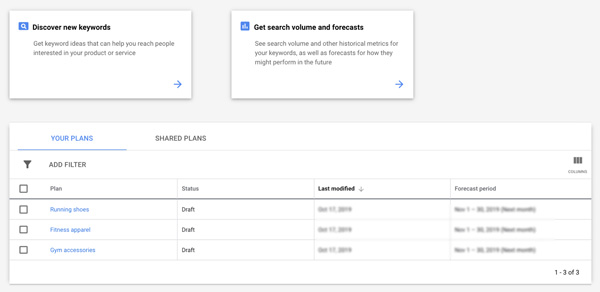
The tools listed below can be used to generate ideas for subjects and choose the ideal Google Ads keywords for each of your campaigns and ad groups now that you know what to look for.
1. Recognize what constitutes an effective term or phrase
The words and phrases you choose to describe your products or services should be very detailed and pertinent. Google users should be seeking for a company just like yours when they enter your keywords. As a result, folks who click on your ad will already be inclined to make a purchase from you.
2. Consider your target market
Put yourself in the position of your customers. What terms and phrases would they enter into Google to search for a good or service like yours? Evaluate your target audiences’ demands and requirements when choosing the right keywords for your Google Ads campaigns.
3. Finish everything off
Relevance is rewarded by Google; being at the top of the list is not the only option. Therefore, your keywords and the text of your pay-per-click ad should be tightly related. The terms and phrases you use on the landing page of your website, which the ad connects to, should then line up with that.
4. Be precise and focused

Use specific words or phrases rather than excessively general ones. Avoid the temptation to include keywords that aren’t relevant to your ad but drive a lot of traffic. Your firm may suffer as a result of the uninterested customers you draw, higher costs, and increased risk of lawsuits.
Single terms are generally overly generic, but longer sentences are typically more focused. For instance, the term “organic vegetable box delivery” will be used to target the right audience for an organic vegetable delivery service. The usage of these keywords separately or in different combinations may be substantially less effective.
5. List the several variants
Your customers might use a variety of words to describe your product or service. So, while creating a keyword list, remember to include variations. They could include common phrases, synonyms (like shop and store), product names and serial numbers, alternative spellings, and singular and plural variants. It is possible to include even frequent misspellings.
6. To generate ideas, use Google’s keyword tool
To generate keyword suggestions and expand your list, use the Google Ads Keyword Planner. Enter a term, phrase, or URL related to the product you wish to market, and then choose the most relevant keywords from the list of results. After the tool has given some initial ideas, the best of these can be used to develop even more thorough ideas.
If you have a lot of keywords, it may be a good idea to create distinct campaigns based on a few tightly focused keywords.
7. Targeting by language and region
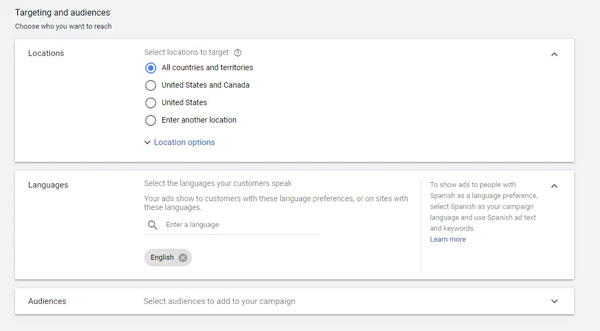
You can change language and location settings to make sure the proper people see your ads. Make sure the location targeting you use always matches the location of your company. Depending on where your clients are, you can designate territories, countries, regions, cities, or even smaller catchment areas.
Targeting that is specifically for you can increase precision. Your ad will only be seen to those in the region you designate, such as everyone who lives within ten miles of the location of your business. For example, this is ideal for local eateries or shops.
8. Recognize your possibilities for keyword matching
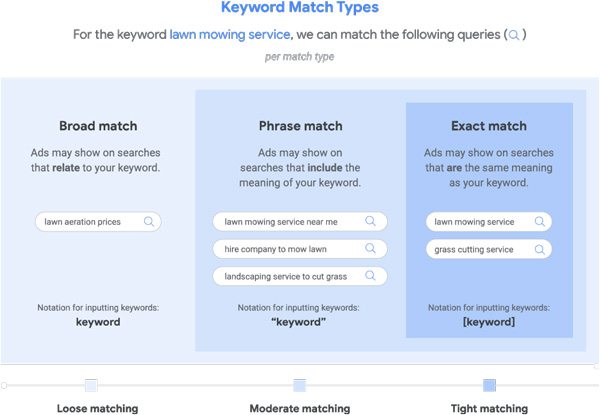
There are numerous techniques to match keywords on Google. When entering your keywords, the punctuation you use reveals the kind of matching you prefer.
The default setting for all keywords on Google is broad match. When someone searches for any words associated with your keywords, your digital ads can be displayed. For instance, if your keyword phrase is “garden design and upkeep,” your ads might show up when someone puts in “garden maintenance.” Your digital ads may also be triggered by variations like synonyms (for example, shop/store) and single and plural variants. To indicate that a keyword is broad-matched, no punctuation is necessary.
Similar to broad match but a little more focused is phrase match. By adding a plus sign before each word, you can specify one or more of them. Only searches containing these terms or close versions of them will display your ads (like misspellings or plurals).
Targeting is more precise with phrase match. Only phrases that exactly match your complete keyword phrase, such as “garden design and maintenance,” will cause your ad to show. Therefore, your ads will be displayed if someone types in urban garden design and maintenance. When indicating that your “keywords” should be phrase-matched, use quotation marks.
9. Omit offensive keywords
Negative keyword in Google Ads exclusion can help prevent your ads from being seen in pointless searches. To expressly exclude a keyword, place a minus sign before it. In order to prevent your ads from appearing in searches for gardening books, if you were a garden designer, you might add the term “book” to the keyword phrase “garden design.” You can make camcorders a negative term if you only sell cameras.
To sum up
You must employ both positive and negative keywords in a targeted, strategic approach to hone your Google Ads strategy and maximize your budget. Additionally, setting up some ads and leaving them running is insufficient because you’ll need to make continual adjustments to optimize your campaigns and ultimately increase your ROI.
In order to succeed in the cutthroat business environment of today, you must implement and maintain a thorough Google Ads strategy. However, if you want to be able to use them to their greatest potential, you also need a certain level of knowledge.
Thus, it’s very easy to run and manage Google search ads, display ads, by connecting your Google Ads account to WASK.

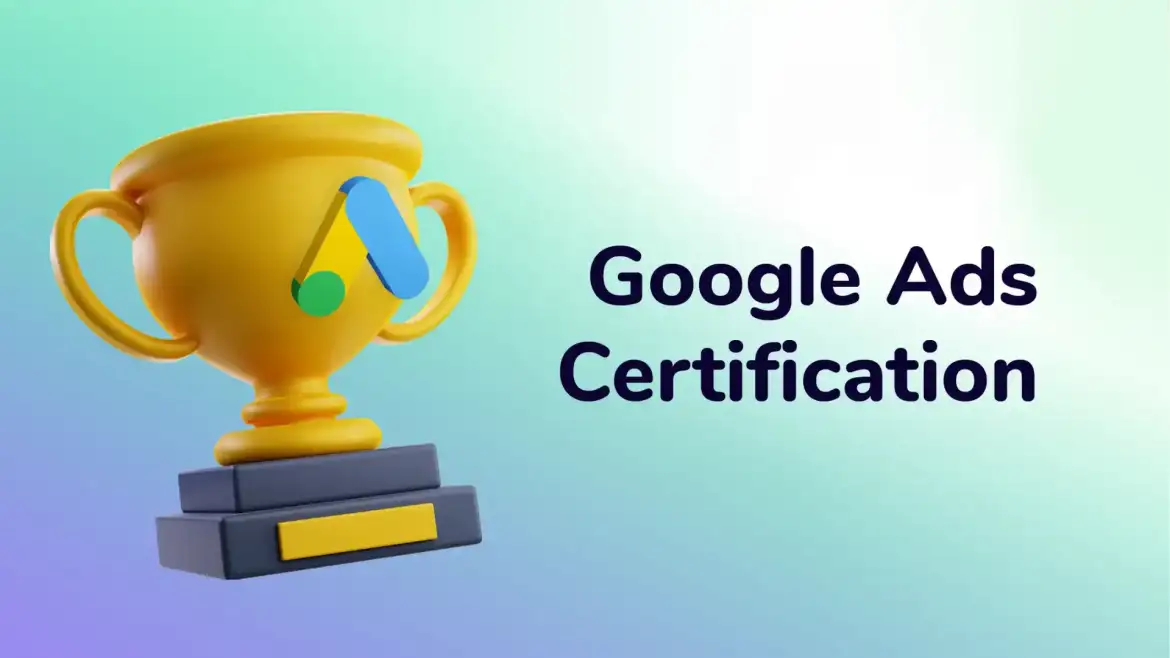
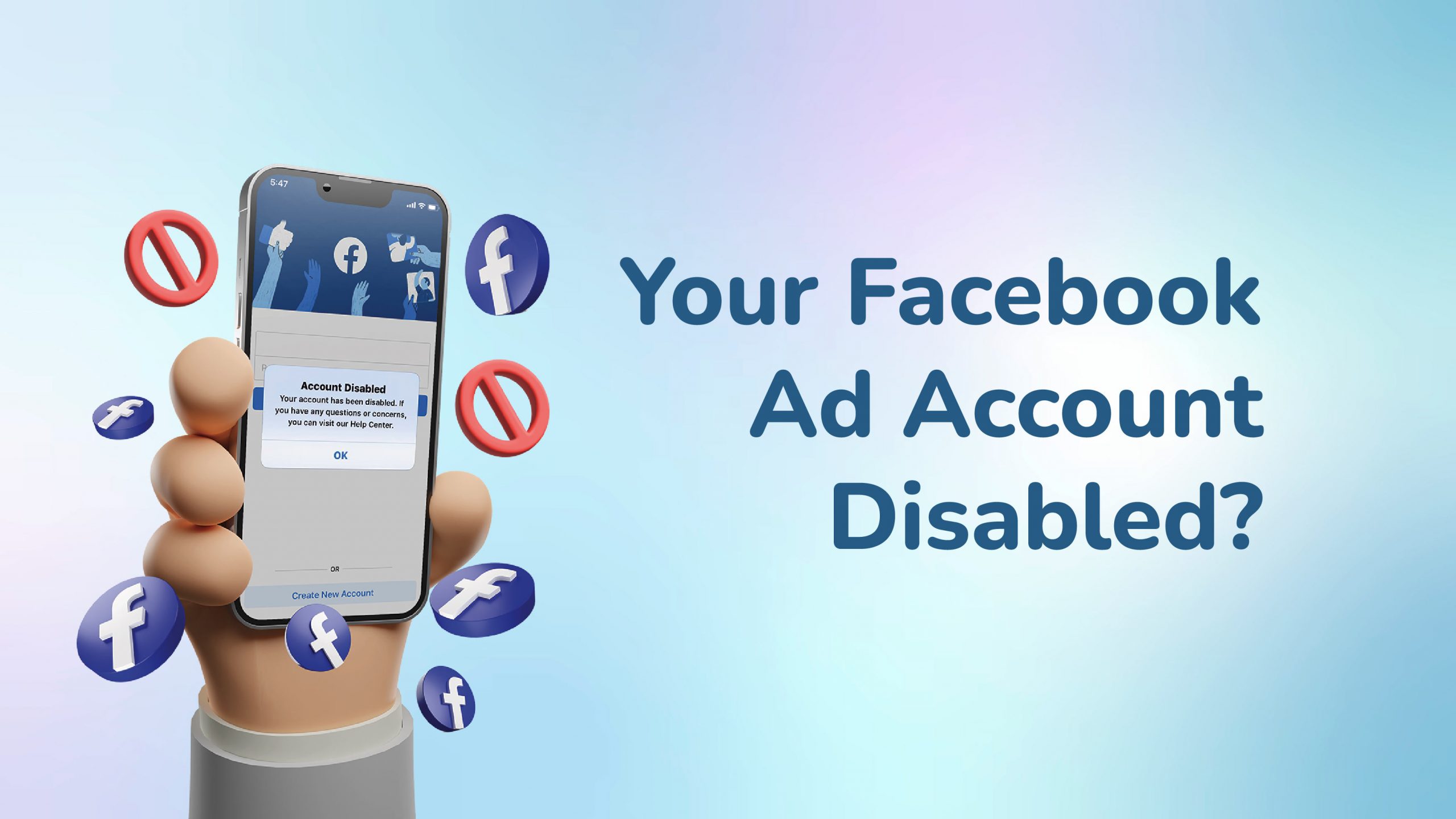
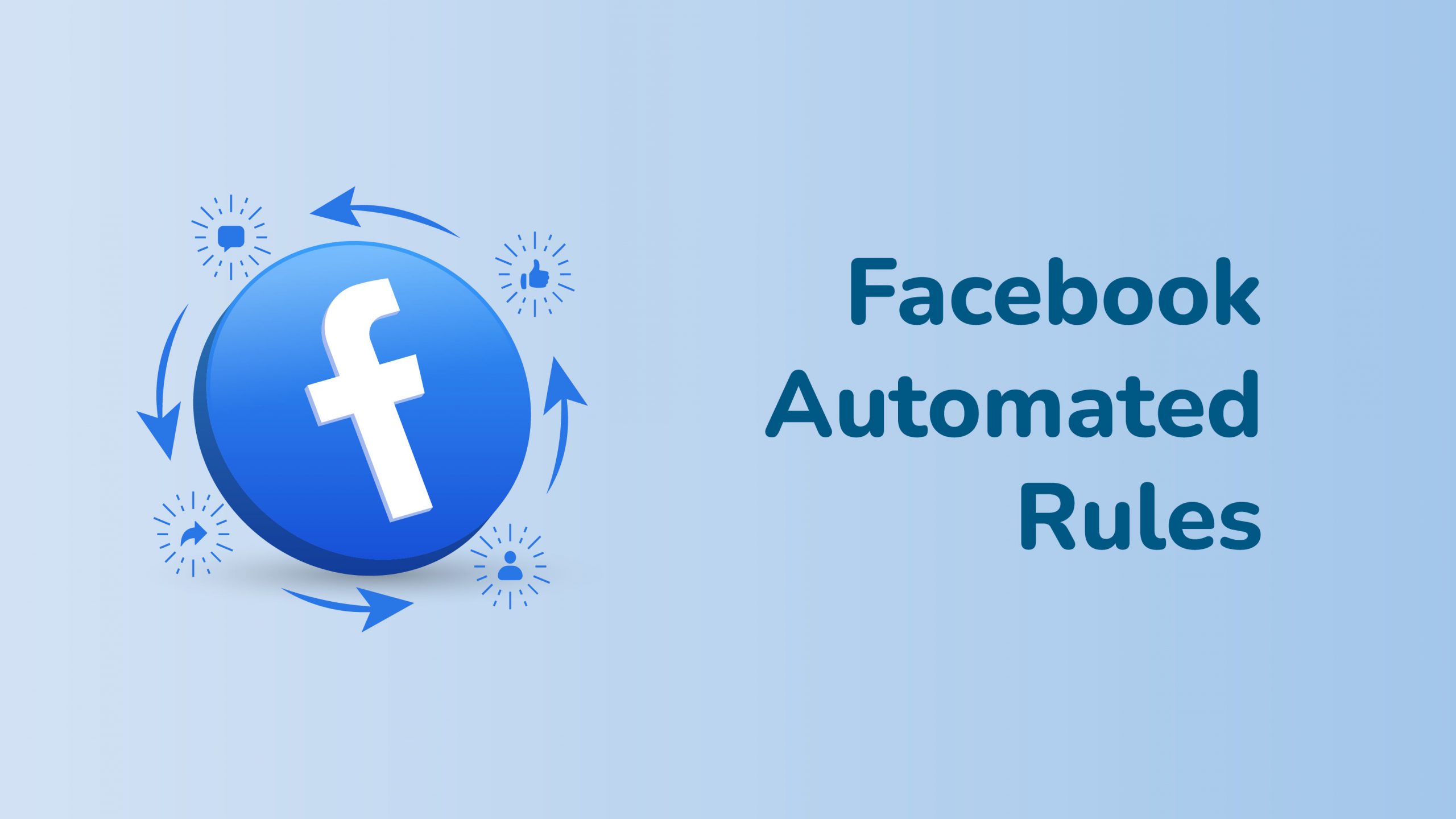
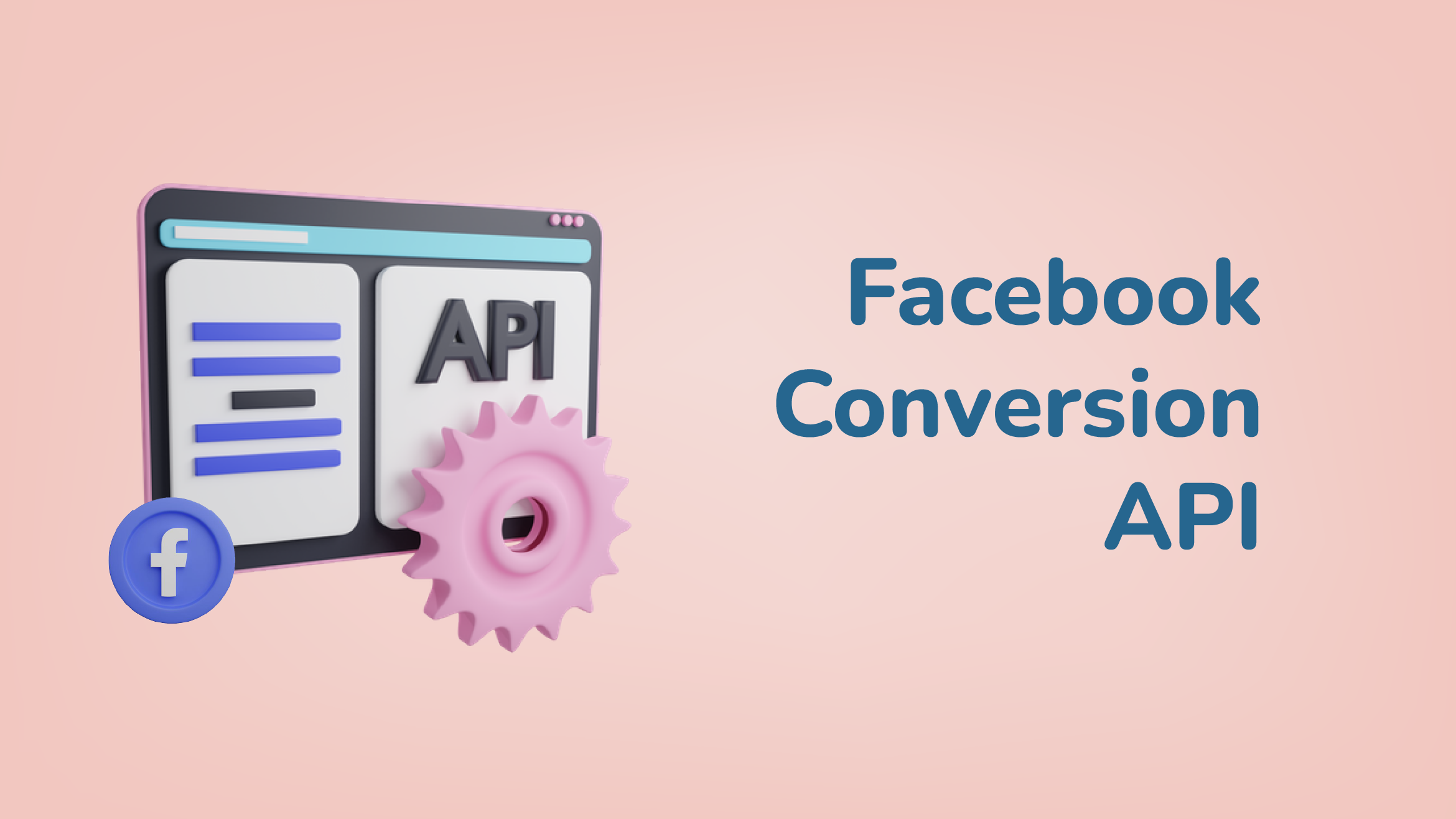
This is a really good tip especially to those fresh to the blogosphere. Brief but very accurate info… Many thanks for sharing this one. A must read post!
Thanks Iris, we are glad to help you…